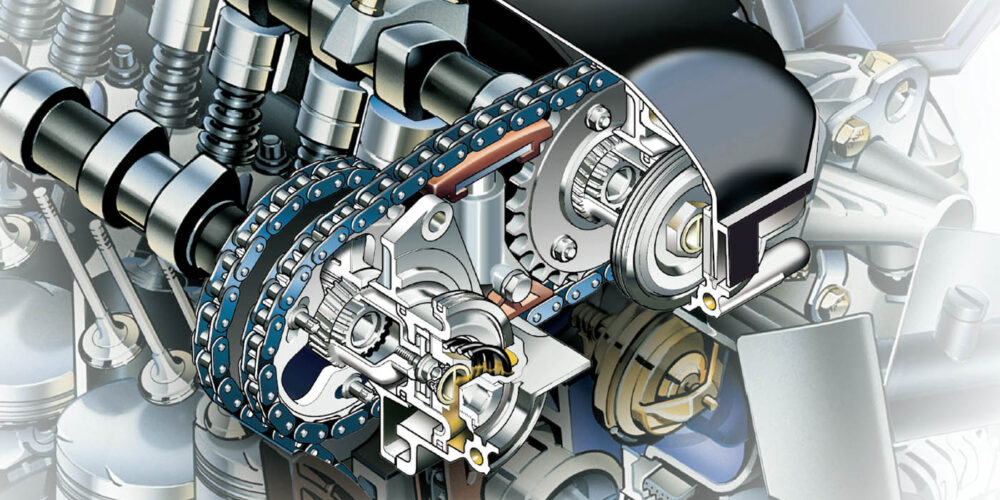Timing BMW VANOS N53 And N54
To service them, you will need the appropriate toolset to lock the crank and camshaft.
The BMW N53 (naturally aspired) and N54 (turbocharged) engines were among the first BMW engines to come with variable valve timing on the intake and exhaust camshafts. The N53 and N54 straight-six have unfairly earned a bad reputation for reliability with technicians due to timing chain and variable valve timing problems. The reputation comes from owners not keeping up with oil changes and it is difficult to check engine timing.
VW/Audi PCV Service
The PCV valve regulates the flow of gases from the crankcase.

Volvo Engine Service
There are many combinations for the Volvo modular engine.

Servicing Mercedes-Benz AMG Brakes
Take a look at some of the things you need to know in order to service the brakes on a Mercedes-Benz AMG vehicle.

AUDI Outside Air Temperature Readings
Incorrect readings can be avoided.

Other Posts
BCA Bearings Unveils 2024 Endless Summer Promotion
The Endless Summer promotion runs from May 1 through June 30, 2024.
ZF Expands SACHS CDC Shock Line for U.S., Canada
The release expands ZF’s line by more than 70% reflecting growing demand for advanced damping technology in the aftermarket.
Philips Announces Xperion 6000 LED Under Hood Work Light
It features a motion detection switch that allows mechanics to turn the light on and off with a wave of their hand.

Snap-on Announces Latest Software Release
The latest software includes new coverage, guided component tests and features.



